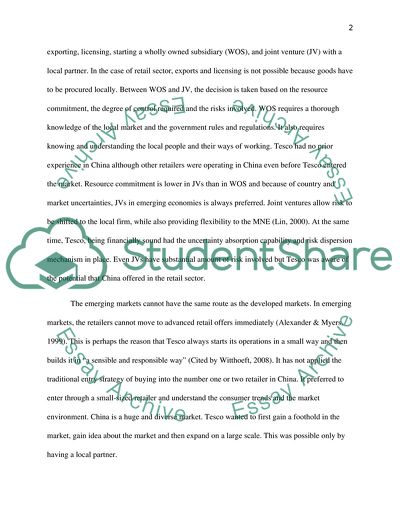Cite this document
(The Enteringof the Multinational Enterprises in the Asian Market Assignment, n.d.)
The Enteringof the Multinational Enterprises in the Asian Market Assignment. Retrieved from https://studentshare.org/marketing/1742208-a-foreign-mne
The Enteringof the Multinational Enterprises in the Asian Market Assignment. Retrieved from https://studentshare.org/marketing/1742208-a-foreign-mne
(The Enteringof the Multinational Enterprises in the Asian Market Assignment)
The Enteringof the Multinational Enterprises in the Asian Market Assignment. https://studentshare.org/marketing/1742208-a-foreign-mne.
The Enteringof the Multinational Enterprises in the Asian Market Assignment. https://studentshare.org/marketing/1742208-a-foreign-mne.
“The Enteringof the Multinational Enterprises in the Asian Market Assignment”, n.d. https://studentshare.org/marketing/1742208-a-foreign-mne.


